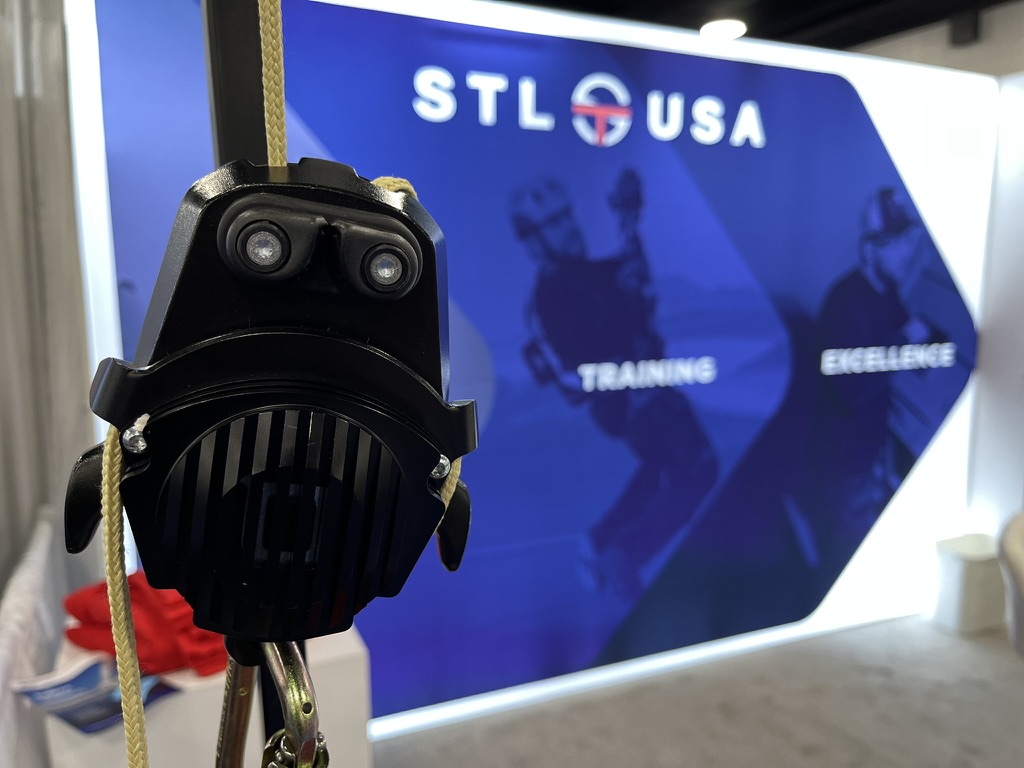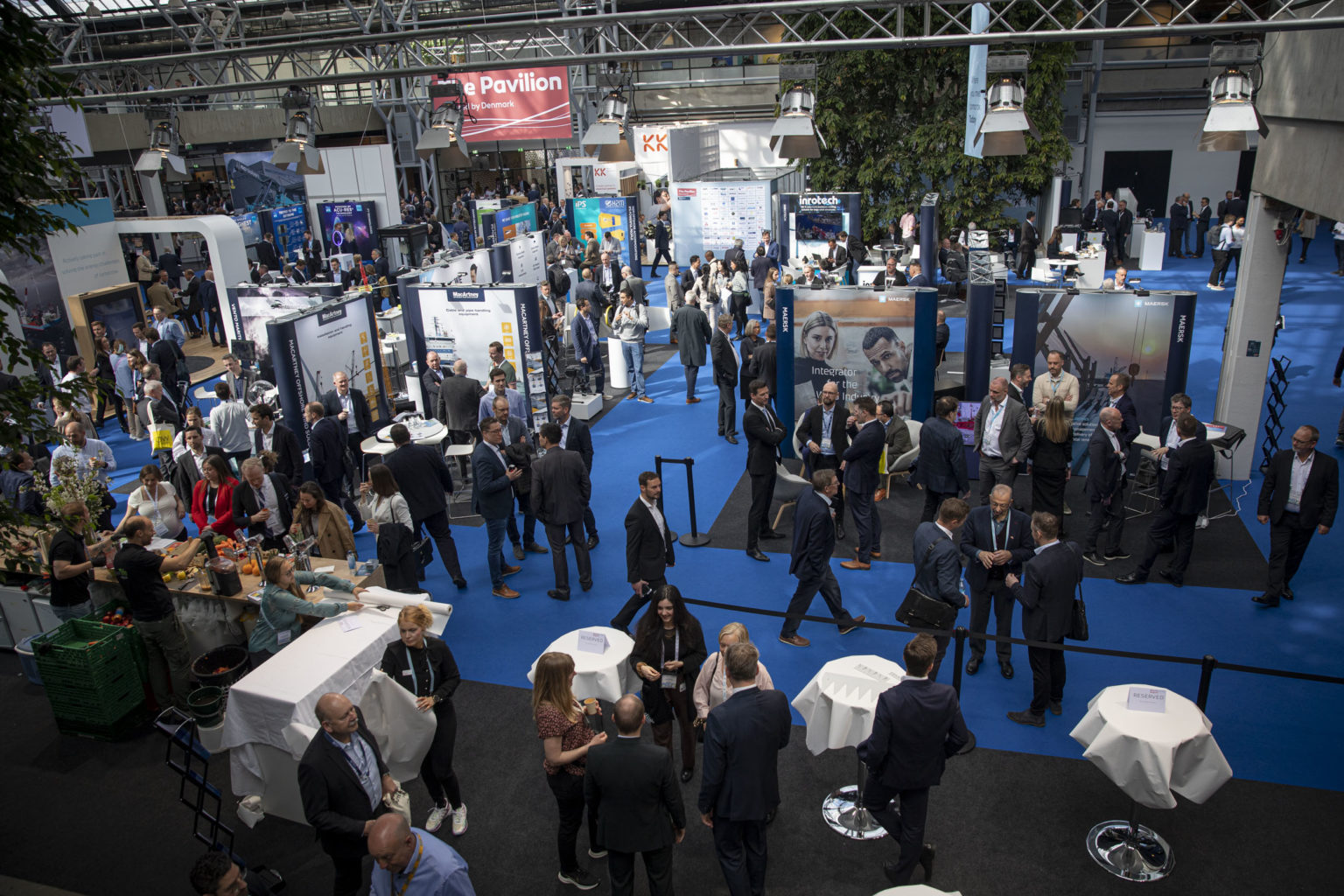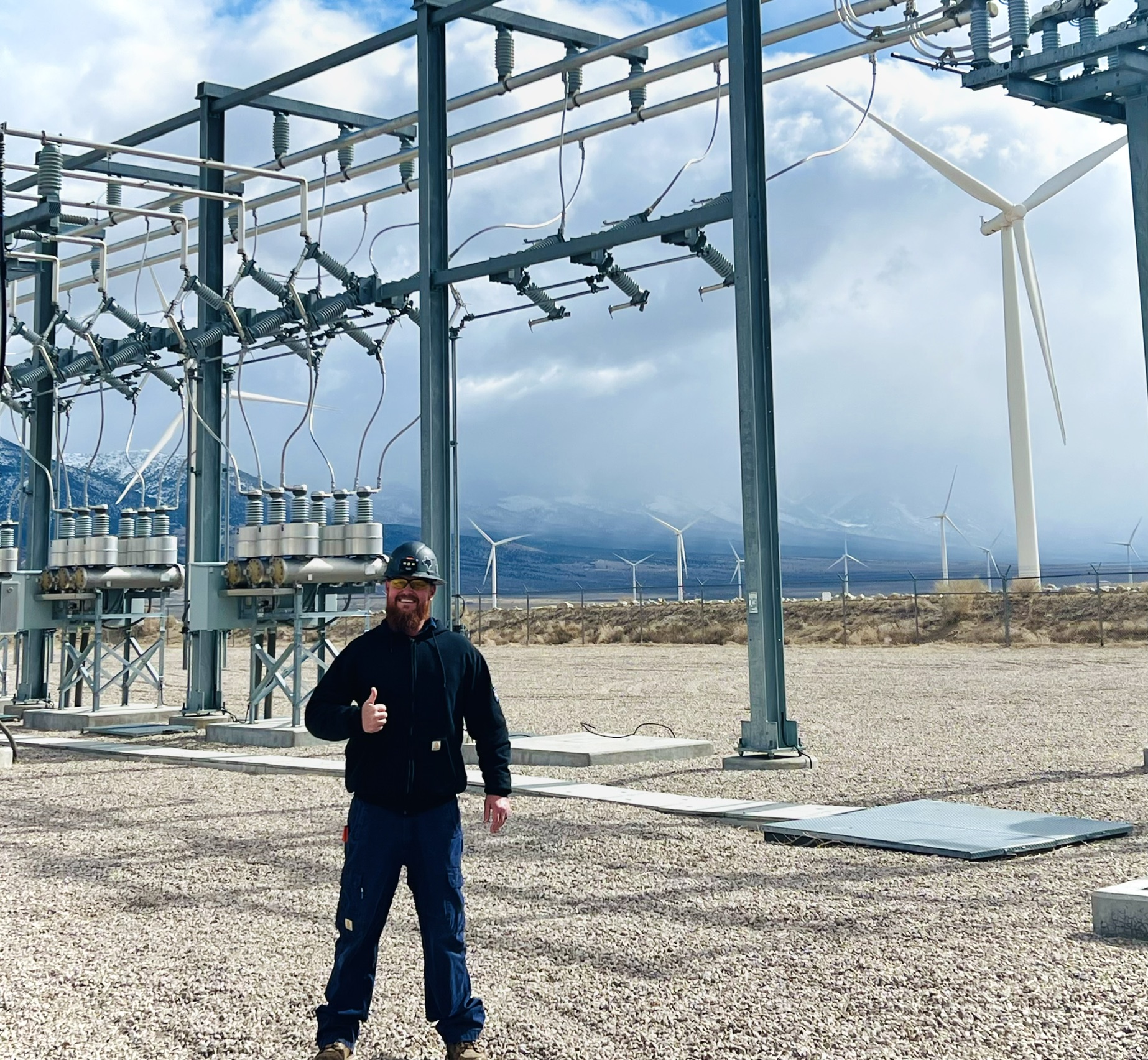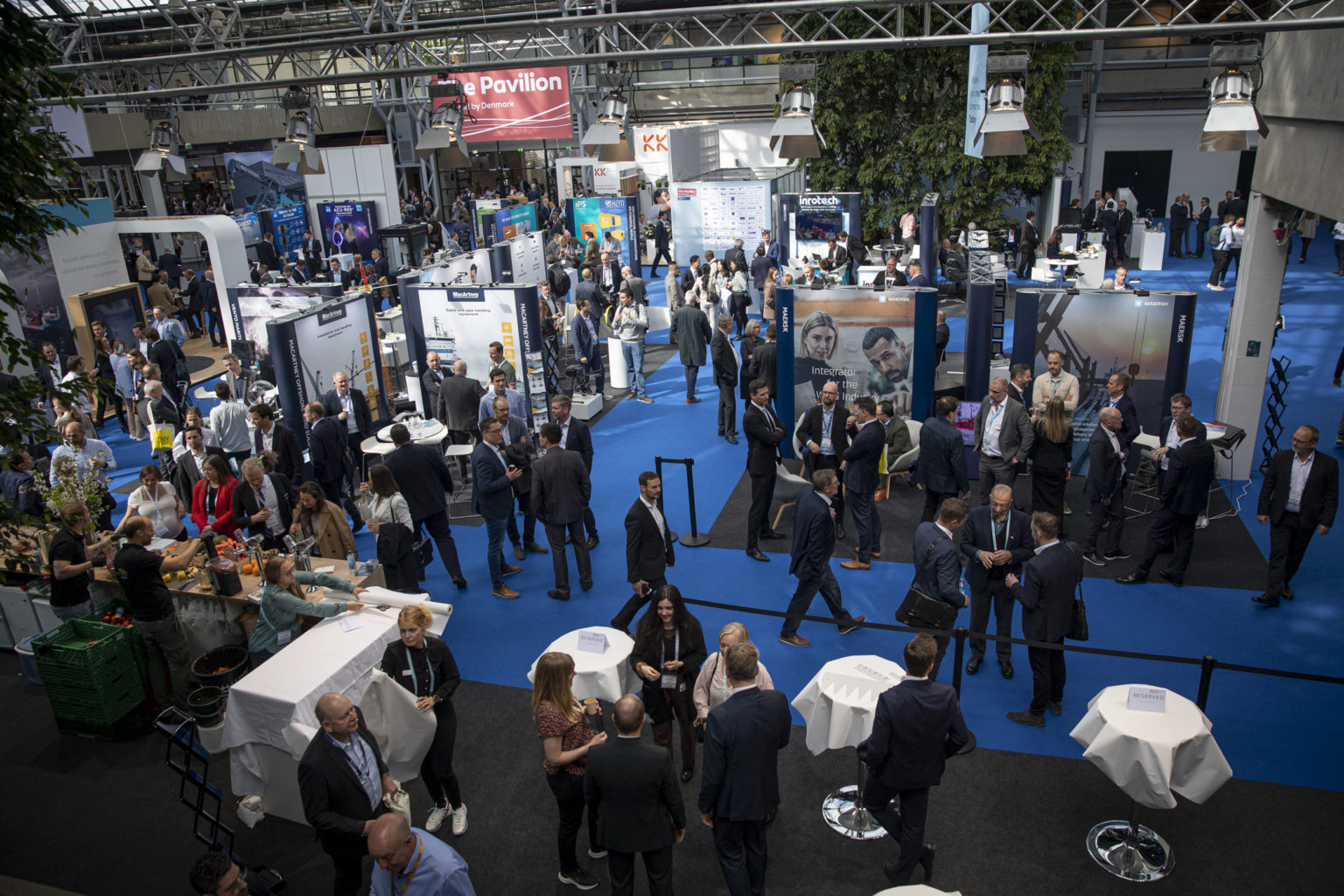In the dynamic and high-risk environments of industries such as wind energy, construction, and telecommunications, ensuring the safety of personnel working at heights is paramount. Recognizing this critical need, STL USA has partnered with RESQ to integrate the groundbreaking RESQ Solo X+ personal rescue device into our comprehensive onsite training programs. This collaboration not only enhances the safety protocols of our clients but also provides hands-on experience with state-of-the-art rescue technology.
The RESQ Solo X+: Revolutionizing Personal Rescue
The RESQ Solo X+ represents a significant advancement in personal rescue equipment, addressing and surpassing the limitations of previous devices.
Key features include:
- Low Inspection and Servicing costs: VACUUM+ dramatically reduces costs associated with maintaining rescue devices in top condition. With the vacuum packaging inspection simply needs to ascertain if the vacuum seal is intact, that’s it. Resealing the vacuum can be done simply by STL USA or an approved partner.
- Free User training: Solo X+ is designed to be simple, in fact at GWO Working at Height cert where Solo X+ has been used is adequate training for all users. However, for those that require a little bit more STL USA will provide FREE user training for all technicians issued with a device. In addition STL USA will be providing train the trainer for customers, third party training providers and anyone else who needs it.
- Compact and Lightweight Design: Comparable in size to a smartphone, the Solo X+ is the world’s smallest and lightest personal rescue device, ensuring it is unobtrusive and easily portable for daily use.
- Automatic Operation: Engineered for simplicity, the device is fully automatic, eliminating the potential for human error during high-pressure situations. Users simply secure it to an anchor point, attach it to their harness, and it facilitates a controlled descent.
- Extended Lifespan: With cutting-edge VACUUM+ technology, the Solo X+ boasts a remarkable 30-year lifespan, divided into two 15-year phases. After the initial 15 years, a full service by Cresto Safety or an approved partner extends its operational life, ensuring long-term reliability.
- Durability in Extreme Conditions: Designed to perform in harsh environments, the device is certified for use in temperatures ranging from -40°F to +140°F, making it suitable for global applications.
- High Load Capacity: The Solo X+ supports significant weight, accommodating both single and multiple descents, thereby enhancing its versatility in various rescue scenarios.
STL USA’s Onsite Training: An opportunity to try RESQ Solo X+ and RESQ RPX
At STL USA, we specialize in delivering high-quality, customized onsite training programs designed to meet the specific needs of your team while maximizing efficiency and safety.
Our onsite training model brings expert instruction directly to your facility or job site, ensuring that teams learn in the environment where they will be applying their skills, making the training more relevant and impactful.
For those sites equipped with RESQ Solo X+ and/or RPX STL USA can fully incorporate both devices into the appropriate training and can additionally walk you through rescue scenarios and practise sessions so you can keep your skills fresh. This integration ensures that your personnel are not only familiar with standard safety protocols but are also adept at utilizing the latest technology in personal rescue.
For sites and teams that don’t use these devices don’t worry. STL USA bring a full suite of all commonly used devices in North America so you can be assured that any rescue training will always be on the equipment you have. Solo X+ and RPX demos can be conducted outside of the training course to allow you a chance to experience the cutting-edge technology and compare to the equipment you have.
Benefits of Integrating RESQ Solo X+ into training
A device so simple that using it within a training course like GWO Working at Height to satisfy training requirements is a major game changer. For customers using Solo X+ in the field there are major benefits to training on the device:
- Enhanced Preparedness: Hands-on training with the Solo X+ equips your team with the confidence and competence to respond effectively in emergency situations.
- Compliance with Safety Standards: Understanding and operating advanced rescue devices like the Solo X+ ensures adherence to industry safety regulations and best practices.
- Operational Efficiency: Onsite training minimizes downtime and reduces costs associated with offsite training sessions, allowing your team to remain productive while receiving essential instruction.
Conclusion
The integration of the RESQ Solo X+ into STL USA’s onsite training programs represents a significant leap forward in safety training and preparedness. By providing your team with the knowledge and skills to operate this next-generation personal rescue device, we enhance their ability to perform safely and efficiently in high-risk environments.
For more information on our training programs and to schedule a session that includes a demonstration of the RESQ Solo X+, please visit our website or contact us directly.
Learn More About Solo X+
Want to learn more about onsite training and teh RESQ Solo X+?
Click the button to contact us











 Where to Find Us: STAND 500 OMS 2025, Nashville, March 3-5
Where to Find Us: STAND 500 OMS 2025, Nashville, March 3-5 Book a Meeting with Our Team:
Book a Meeting with Our Team: 


